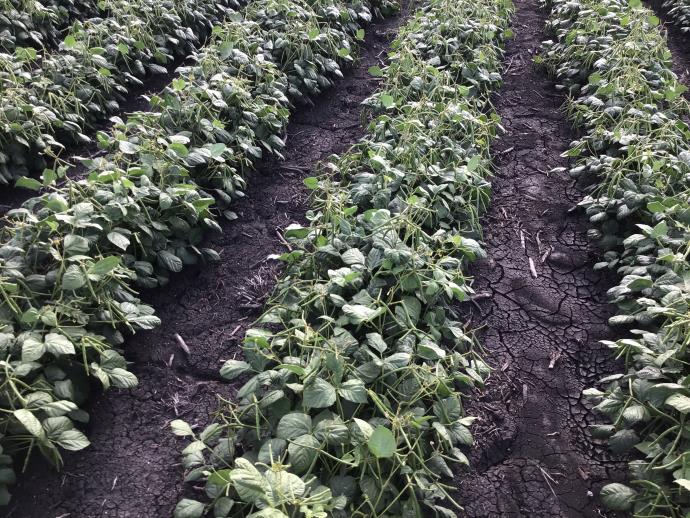The farming community is looking anxiously at the rising price and availability of our Australian fertiliser supplies.
This particularly concerns the nitrogen products, as they are so very important in nutritional input for most of our northern region’s summer crop options.
However, many of the questions that have been coming my way this week have been in relation to planting our humble mung bean crop and how much fertiliser is needed.
It’s true that mung beans are a grain legume plant, and it’s also true they don’t need nitrogen fertiliser, however they do need nitrogen to attain some good economic yields.
The research story on using nitrogen fertiliser to grow mung beans is a long and oftentimes tragic one, as far as positive results go.
So, the standard and best practice for your mung beans is to get your planting seed inoculation process correct and effective.
To grow 1 tonne of mung beans per hectare, you need to have 70 kilograms per hectare of plant-available nitrogen.
I am sure that many farmers would like 2 or 3 tonne per hectare yields, so multiplying those numbers out would make for a huge extra cost if you went down the expensive track of pre-plant application of 140 to 210 kilograms per hectare of nitrogen or 300 to 400 kilograms per hectare of urea.
That makes for a very expensive and not very effective method of getting nitrogen into the paddock for your clean green mung beans – I am sure you will agree.
No, the best way by far is getting live rhizobia bacteria in your inoculant product and on to your planting seed in a cool shaded aream, just prior to planting.
These millions of microscopic bacteria form a symbiotic relationship with the small and developing root system and they can access and convert the atmospheric nitrogen into useable plant nitrogen – much cheaper and certainly more effective than applying big heaps of nitrogen.
For years, many have said it is too much trouble inoculating legume planting seed.
I would suggest most strongly that this year is the year that we really need to develop a successful process for applying inoculant, be it peat or freeze-dried product, onto to their mung bean planting seed.
There are no excuses here everybody – the facts speak for themselves.
Good inoculation will save you money on expensive fertiliser and make you money as the beans develop active nodules on their healthy white root system.






